Mrs. Bui Thi Chanh, Hai Son village, tells about her memories of going to Song Ma.
Intact memories
In a spacious, clean, and spacious Thai-roofed house in Hai Son village, Chieng Khoong, Mrs. Bui Thi Chanh, 100 years old this year, is one of the first households in Hoang Hanh commune, Yen My district, Hung Yen province, telling us the story of coming to build the economy in the border district of Song Ma.
Mrs. Chanh recalled: In 1964, my family, including my husband, wife and 6 children, volunteered, along with 17 households to do new economic activities, following the policy of the Party and the State. That day, each person was given a backpack, a pair of rubber sandals and got on the bus to go up to the Northwest region. The group took a car to Mai Son district, then walked to Song Ma district. The further we went, the more dangerous the road became, with high cliffs, deep ravines, winding streams, dense trees... After 3 days, the group reached Song Ma, with the whole valley and wild mountains before our eyes.
Arranged new accommodation in Ho village, Chieng Khoong commune, the households established Tien Son Cooperative. Some time later, the people of Thu Sy commune, Yen My district and Chien Thang commune, Tien Lu district continued to the Northwest, and were arranged in Phieng Ho area, Chieng Khoong commune (Hai Son village today), establishing Thu Sy Cooperative and Chien Thang Cooperative. After consolidation, the agricultural cooperatives and the cooperative management boards directed the people to build their own houses, gradually stabilizing production and life. In early 1970, Tien Son Cooperative, Thu Sy Cooperative, Chien Thang Cooperative merged, named Hai Son Cooperative, with 67 households and 301 people. Since then, the households have united together, building and developing the economy.
People of Hai Son village, Chieng Khoong commune, Song Ma district exchange experiences in longan care.
Coming to Chieng Khuong, we went with Mr. Tran Quang Luc, Head of Hung Ha village, to visit the family of Mr. Tran Van Mui, who is 80 years old this year. Mr. Mui's house is located in the middle of a lush hill of longan trees in full bloom. Mr. Mui said: In 1964, my family and 30 households from Trung Nghia commune, Tien Lu district, Hung Yen province came here to make a living. After more than 4 days of walking, the group reached La commune, Song Ma district (now Chieng Khuong commune). The new place was difficult, with dense, wild trees. With the help of local people, the fields were expanded, and people planted potatoes, corn, cassava... gradually life became less difficult. Despite the difficulties, but believing in the Party's decision to mobilize human resources to the mountains to strengthen economic development, the people were very determined. The people here live sincerely and love each other, "sharing cassava in half", making us "a strange land become our homeland" and attached to each other.
Coming from the lowlands to the mountains and forests of the Northwest, the people of Hung Yen still faced difficulties and confusion. However, with the spirit of solidarity, the Party Committee, the government, organizations and the people of the communes of Song Ma district helped build houses, gave up part of the rice fields and swidden land for production; helped buffaloes and cows plow the fields and provided food. The relationship between the people who came to reclaim the land and the people of the local ethnic groups became increasingly closer.
Longan orchard in Song Ma
Visit Hai Son village, Chieng Khoong commune, the first place where Hung Yen people planted longan trees. Mr. Tran Van Son, the village chief, took us to visit the "ancient longan" trees here. The roots require two people to hug around, the canopy is as wide as the roof of a house, and the flowers are in full bloom. Mr. Son informed: Currently, the whole village still has 17 ancient longan trees planted by our ancestors in the early years. These longan trees only retain the roots, the trunks are grafted and improved to create the Thiet variety; each year, they harvest from 500 kg to 1 ton of fresh fruit.
People of Chieng Khuong commune, Song Ma district take care of early ripening longan.
In the conversation with the people in Hai Son village, we learned more about the process of bringing Hung Yen longan trees to grow on Song Ma land. Around 1967, relatives from Hung Yen came to visit Hai Son village and brought longan trees, a specialty of their hometown, to give each family a tree as a souvenir. At first, longan was grown just to eat, to remember their hometown. Later, they expanded it to become a commodity; learned more about grafting longan trees, early and late ripening longan trees.
“Birds of a feather flock together”, through many generations, Hai Son village has now grown to 282 households, with more than 1,000 residents. For over 60 years, the locals have been proud of their longan trees that are suitable for the soil and climate, bringing them a prosperous life. As a famous concentrated and delicious longan growing area in Song Ma, Hai Son village currently has 114 hectares of longan, with an output of more than 1,300 tons/year.
Villagers built 40 longan drying kilns; including 35 clean-heat boilers, 5 coal drying kilns; 2 cooperatives specializing in longan production. In 2022, Hai Son village was recognized as a longan processing craft village, creating jobs and increasing income for workers... Along with longan production, villagers have 2 pig farming models, with a scale of 60 to 200 pigs or more; intensively cultivating 12 hectares of vegetables; the whole village currently has 3 poor households; the village meets 17/19 criteria for new rural construction.
Mr. Dang Van Cuong, Vice Chairman of the People's Committee of Chieng Khoong Commune, said: The whole commune has 1,540 households, of which people from Hung Yen account for 17.6%, living concentrated in Hai Son, Hoang Ma, Lien Phuong, Hong Nam villages. It is worth noting that people from the lowlands have high levels of agricultural production techniques, enthusiastically imparting and supporting ways of doing business for ethnic minorities; at the same time, actively expanding their occupations, developing trade and services. Ethnic minorities in the commune are united, close-knit, and actively working in production.
Processing longan at Hoang Tuan Cooperative, Chieng Khoong Commune, Song Ma District.
Longan processing has also developed. Hai Son village, Hong Nam, Chieng Khoong commune has become a longan processing village, linking with businesses to promote and introduce products, bringing the Song Ma longan brand to all provinces and cities in the country and exporting. Currently, Song Ma district has more than 3,000 longan drying kilns, in addition to processing in the district, longan is also imported from Muong La, Mai Son, Yen Chau, drying over 5,000 tons of dried longan each year to consume in domestic markets and export.
Mr. Lo Van Sinh, Chairman of Song Ma District People's Committee, shared: The exchange and resonance of production experience and qualifications between lowland and mountainous people has created momentum for Song Ma's development. The appearance of the countryside is increasingly changing, the lives and incomes of the people are also improving. Promoting the tradition of solidarity, Song Ma continues to innovate, building an increasingly prosperous and beautiful homeland in the border area.
Over the past 60 years, many more generations of Hung Yen people have been born and raised on the borderland and consider this their second homeland. The efforts to build a new economy, the enthusiasm and determination of the previous generation are still passed on, inherited and promoted. In the journey of building and developing Song Ma today, the story of humanity of generations of people from the lowlands who have joined hands to build their homeland in the borderland to develop more and more will always be engraved.
Source: https://baosonla.vn/guong-sang-ban-lang/nguoi-hung-yen-noi-bien-gioi-song-ma-OE6burTNg.html


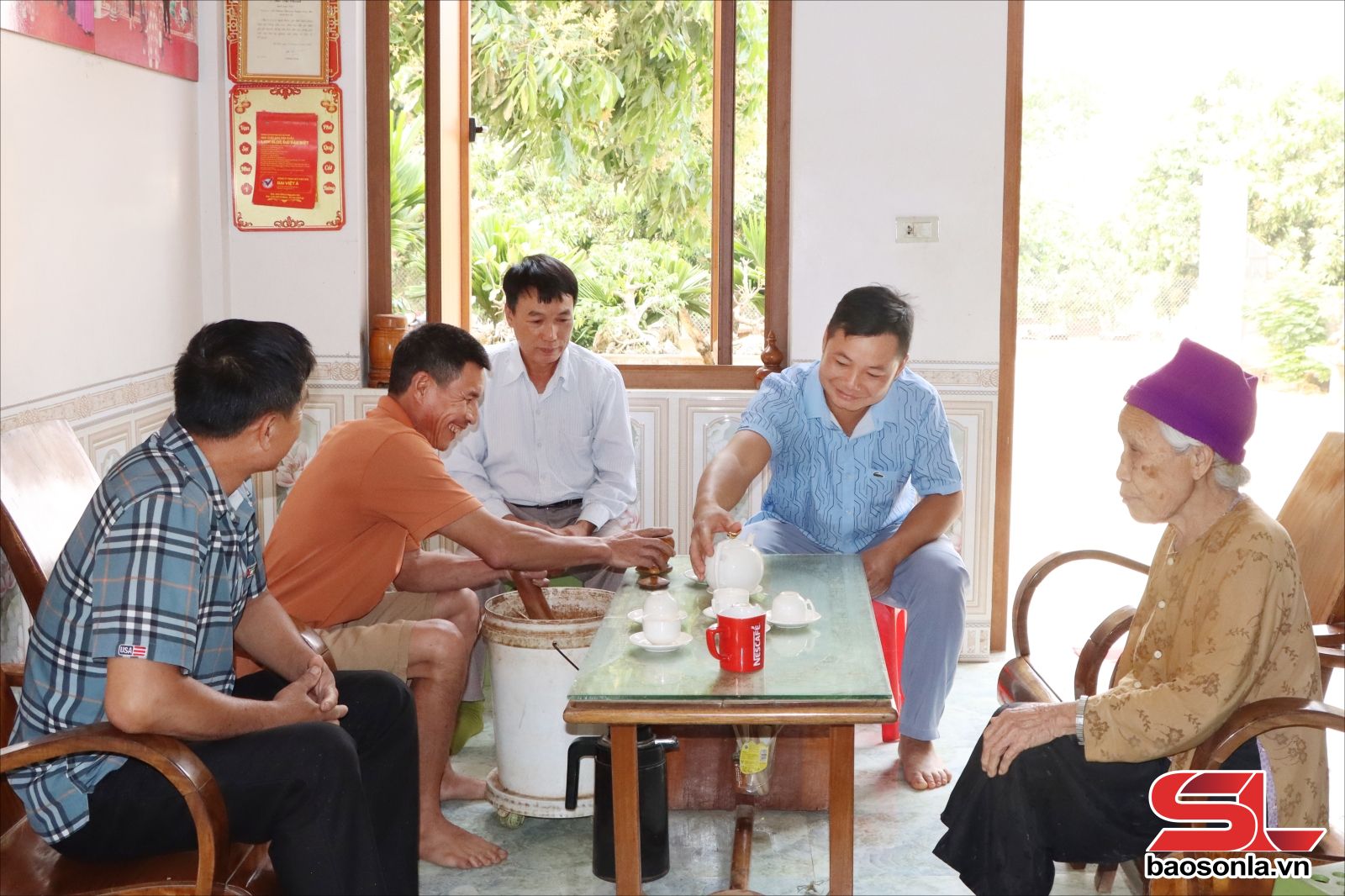
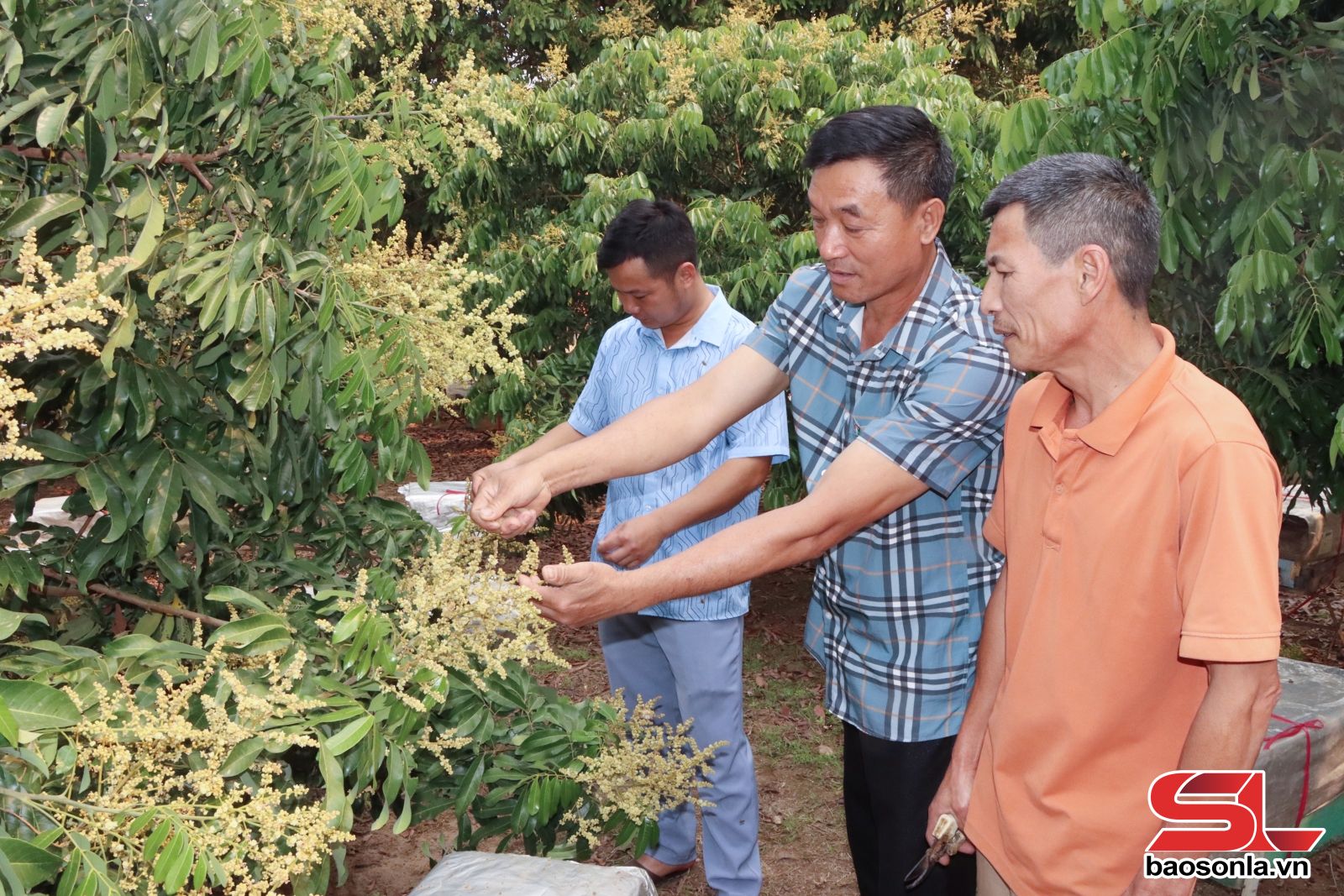
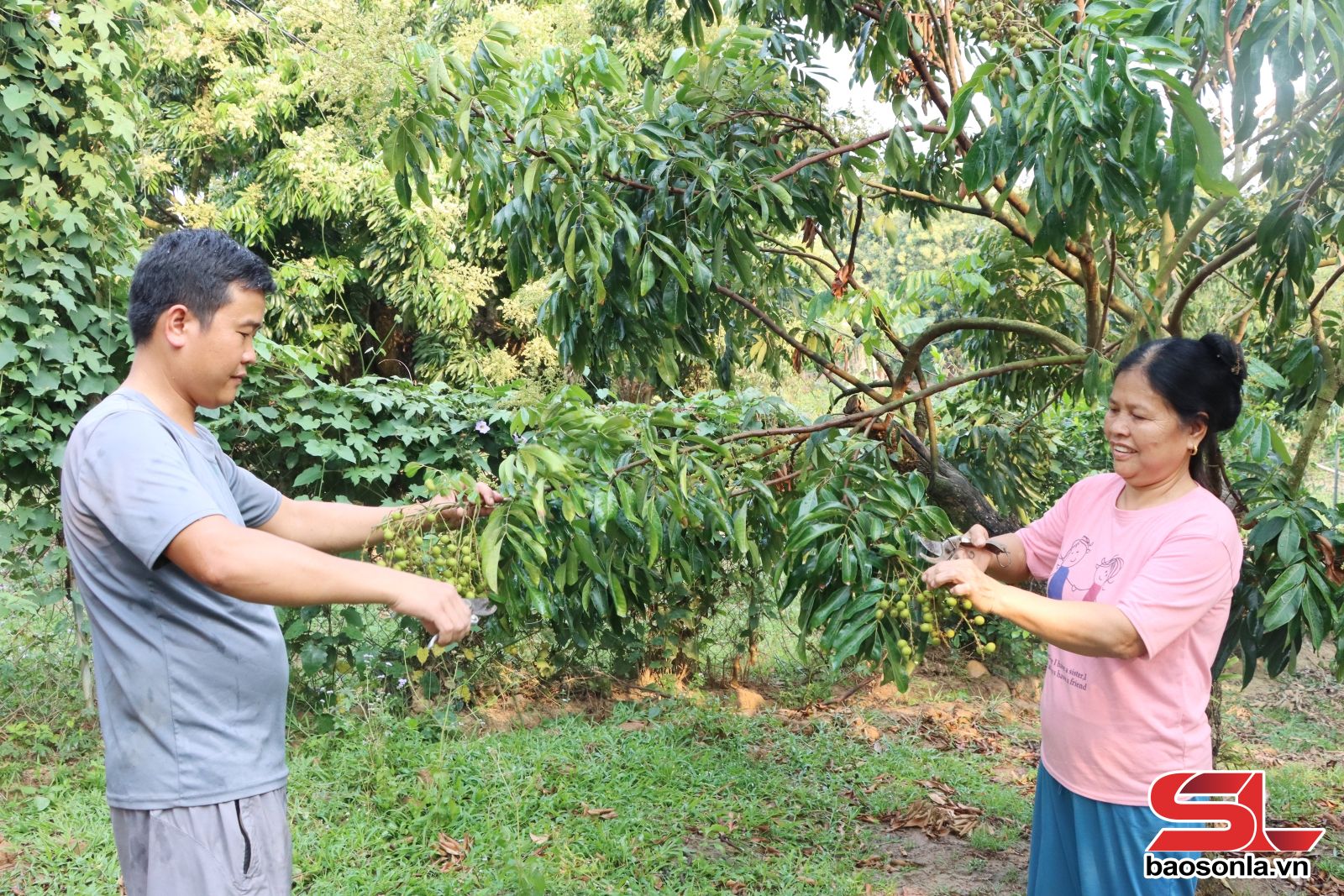



![[Photo] Phuc Tho mulberry season – Sweet fruit from green agriculture](https://vstatic.vietnam.vn/vietnam/resource/IMAGE/2025/4/10/1710a51d63c84a5a92de1b9b4caaf3e5)
![[Photo] Unique folk games at Chuong Village Festival](https://vstatic.vietnam.vn/vietnam/resource/IMAGE/2025/4/10/cff805a06fdd443b9474c017f98075a4)
![[Photo] Prime Minister Pham Minh Chinh chairs meeting to discuss tax solutions for Vietnam's import and export goods](https://vstatic.vietnam.vn/vietnam/resource/IMAGE/2025/4/10/19b9ed81ca2940b79fb8a0b9ccef539a)

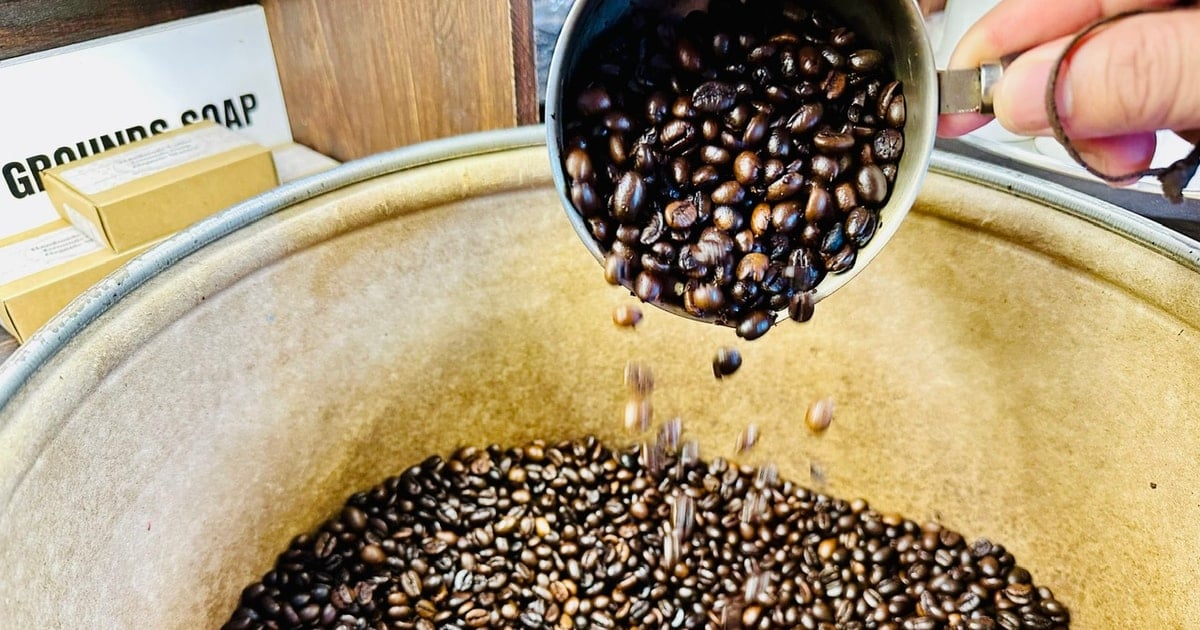



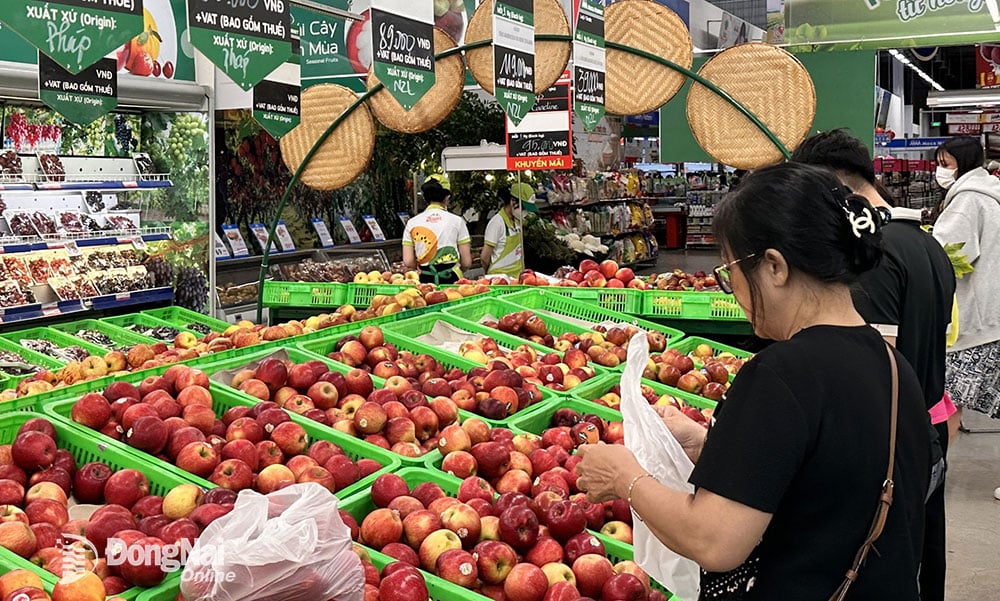





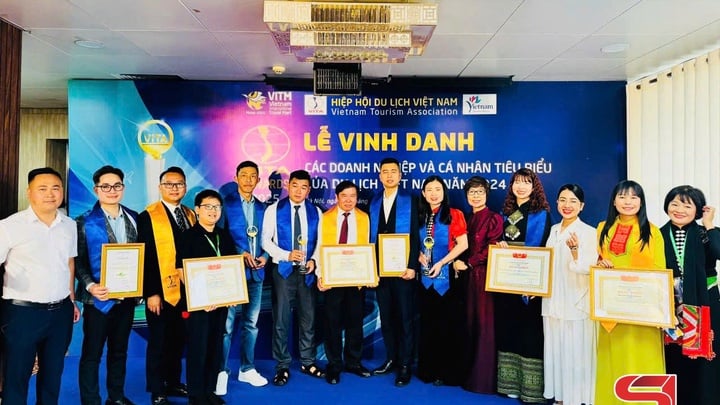
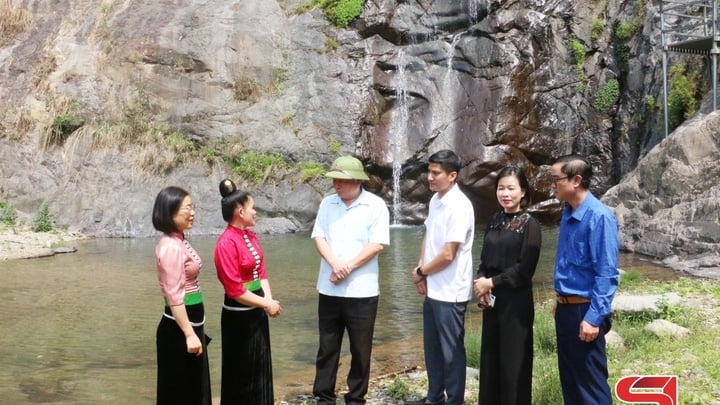

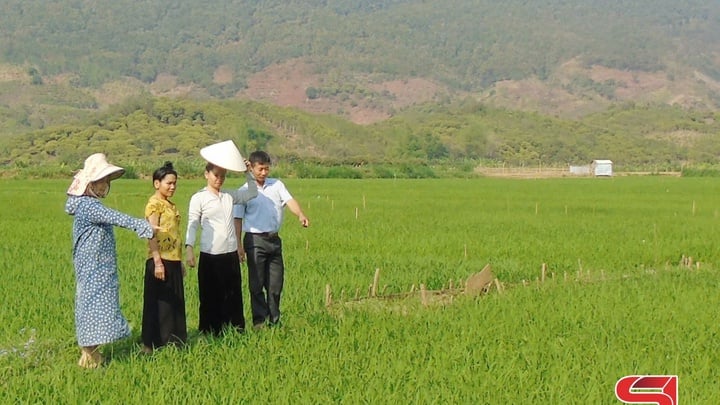
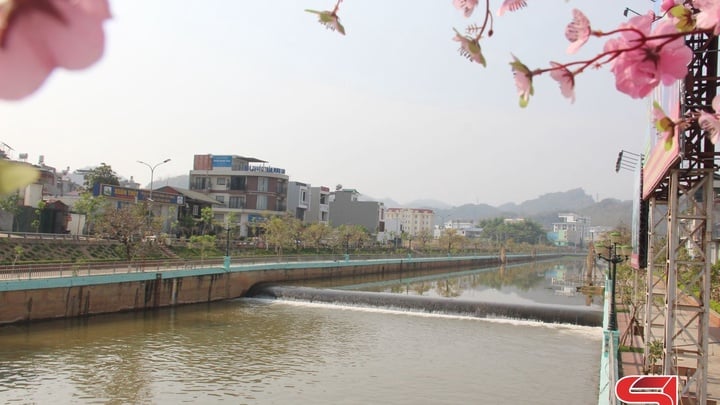



















































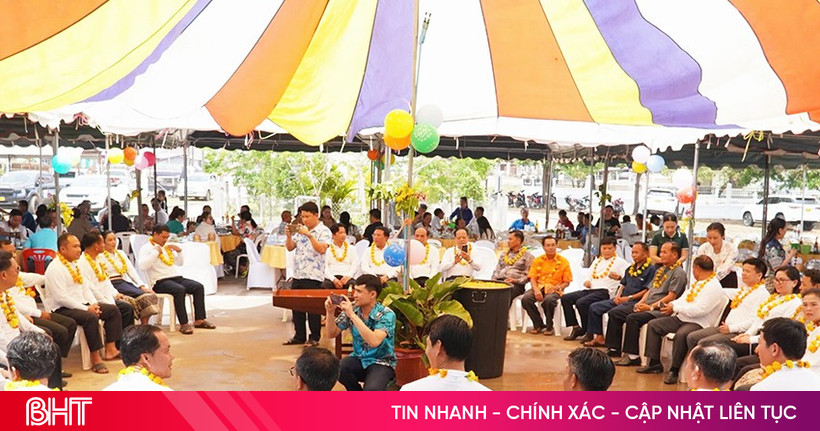

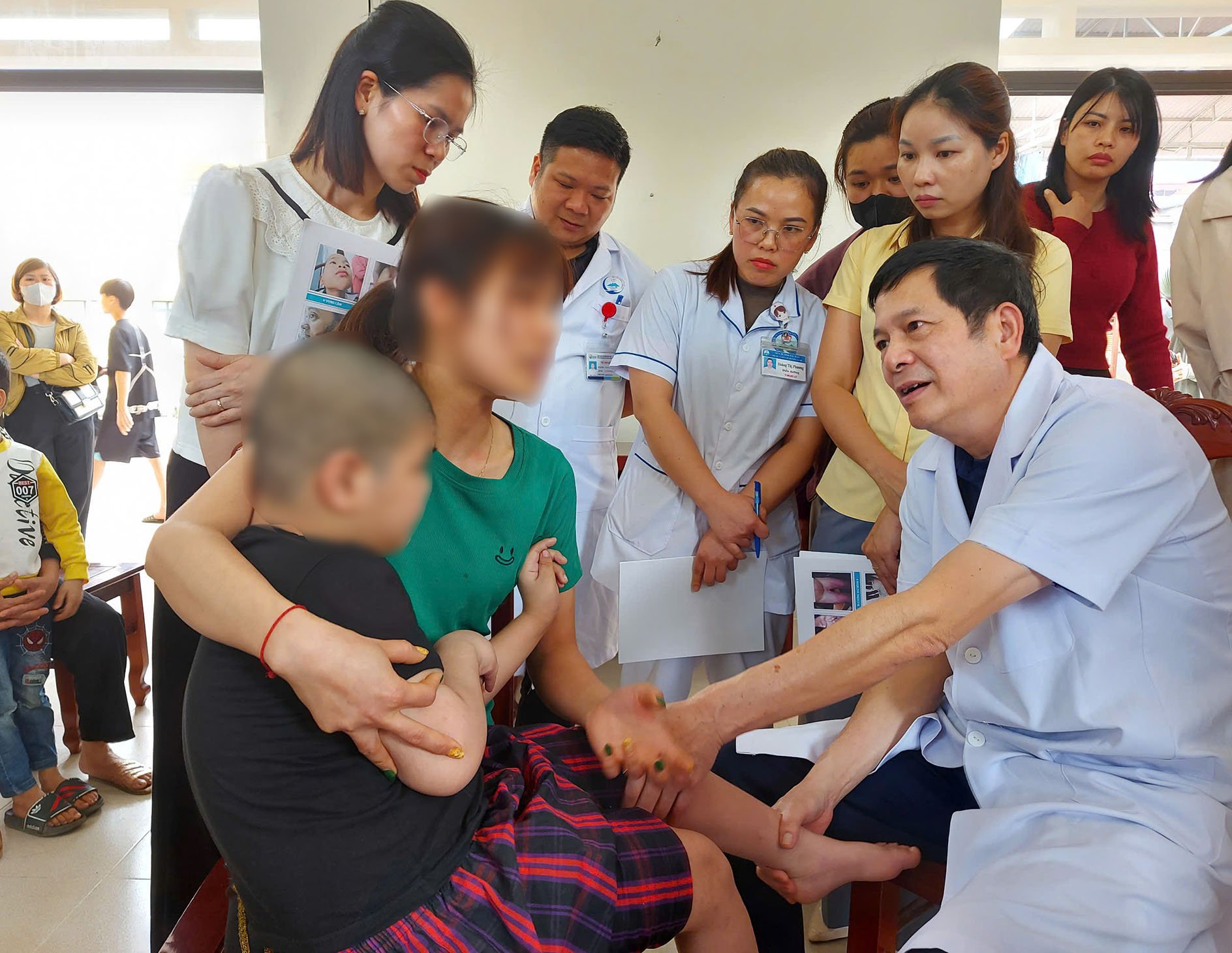

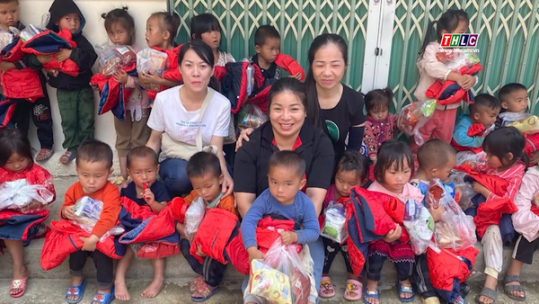








Comment (0)